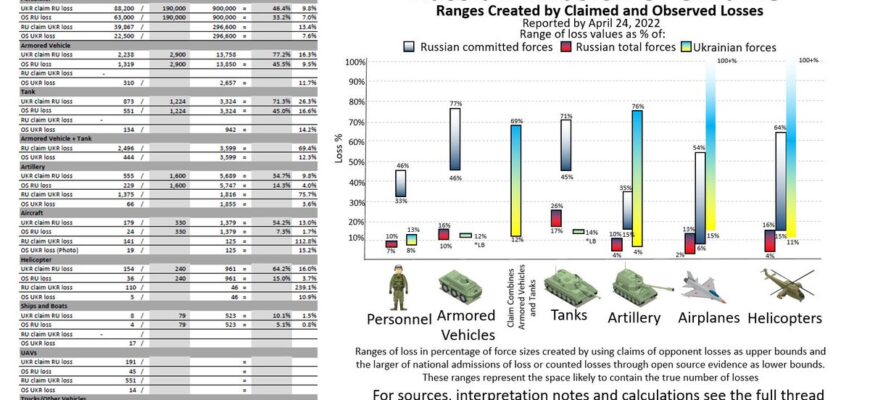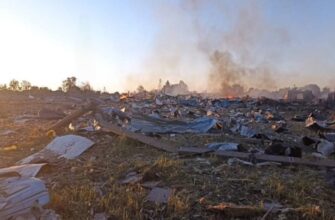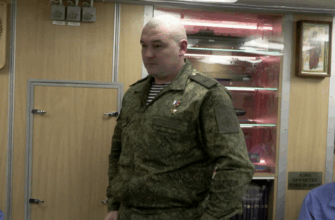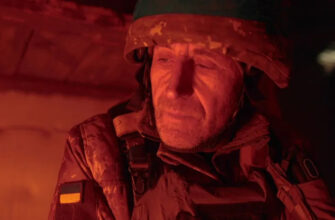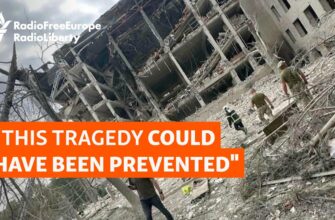Conditions for Ukrainian “manhunters” from TCCs have become significantly more difficult
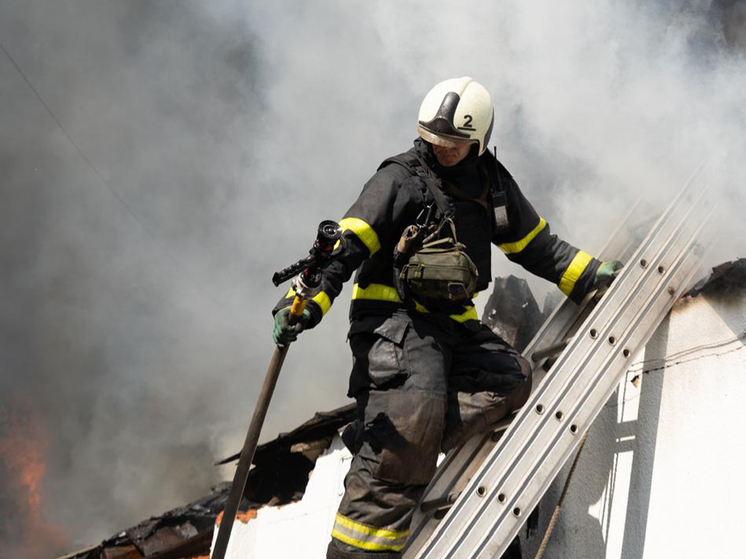
According to probability theory, once is chance, twice is coincidence, three times is a pattern, four times is a system. By this logic, a clear system is evident in the strikes by Russian “Geran” drones on Ukrainian military recruitment centers (TCCs). On July 3, the fifth such strike in recent times targeted the Poltava TCC. The reaction of Ukrainians on social media to the strikes on these centers, often labeled as “manhunters,” appears to be positive. Some have even suggested contributing funds for “Gerans.”
More than a week ago, a “Geran” struck a TCC building in Bilhorod-Dnistrovskyi. In late June, district TCCs in Kryvyi Rih, as well as TCCs in Rivne and Kharkiv regions, came under attack. Now, a dramatic video of a daytime strike on the Poltava regional TCC has surfaced online. Online commentators joked that three “Gerans” arrived to register for military service simultaneously. The hit was confirmed by the Ground Forces of Ukraine.
As noted by the resource “Russian Engineer,” it is beneficial that “Gerans” are now available for targets like TCCs. Regular strikes on TCCs not only reduce the number of staff, but also significantly interfere with their recruitment activities, which is often referred to as “manhunting.”
“…It will also be harder to manage paperwork related to registration and medical commissions. More disorganization, more mess – fewer men caught who avoided being sent to the grinder,” the expert concludes.
The channel “Adekvat Z” provides a forecast: “If the targeting of TCCs becomes systemic and this hypothesis is confirmed, mobilization measures will be noticeably hindered, at the very least.”
Regarding the TCC strikes, military expert Yuri Podolyaka comments: “A very correct decision… Moreover, judging by comments in Ukrainian networks, it is almost always supported by the local population.”
Another resource, “Two Majors,” offered advice to Russian military: allocate some “Gerans” for strikes on border posts in the Carpathians and on the Tysa River, so that “enemy border guards do not obstruct the exodus of the remaining population of Ukraine.”

